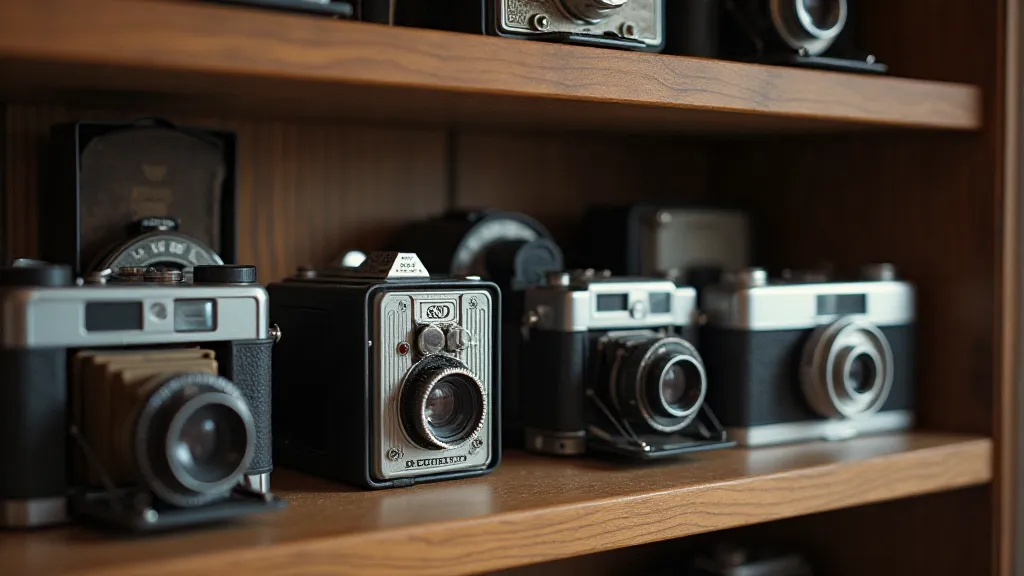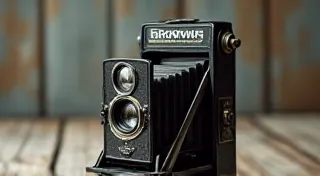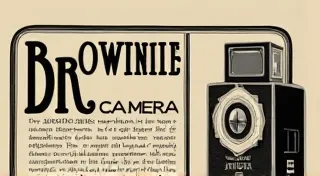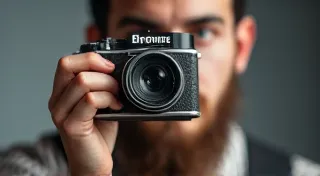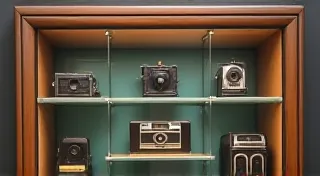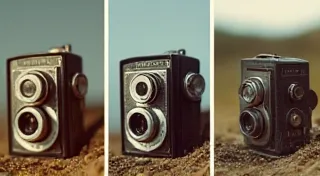Chromatic Ghosts: Unraveling the Brownie's Subtleties of Tone
There’s a particular scent associated with time, a dusty fragrance clinging to old paper and aged metal. When I open a vintage Brownie camera, that scent washes over me, a palpable link to generations past. It’s a smell not just of aging materials, but of memories captured, of snapshots taken and cherished. These cameras, once ubiquitous, now stand as poignant relics of a simpler era, and a deeper understanding of their true artistry requires appreciating not just their history, but the strangely beautiful limitations that shaped their unique aesthetic.
The Dawn of Accessibility: Brownie and the Democratization of Photography
Launched in 1900 by Eastman Kodak, the Brownie camera wasn’t a technological marvel. It was, however, revolutionary in its affordability and simplicity. Costing just $1.00, it brought photography to the masses. Prior to the Brownie, cameras were expensive, complex, and largely the domain of professionals and affluent hobbyists. The Brownie changed everything. Suddenly, anyone could document their family, their travels, their everyday life. It was an act of democratization, stripping away the mystique of image-making and placing it firmly in the hands of the people.
My own grandfather, a coal miner in West Virginia, owned a Brownie. I have a handful of his photographs – grainy, yellowed prints of a life lived in the shadows of the mountains. They aren't technically perfect; the light is often harsh, the composition awkward. Yet, they are profoundly moving, conveying a raw and intimate portrait of a world that no longer exists. These aren't images taken for artistic merit; they’re documents of a family's narrative, imbued with a quiet dignity that transcends their technical imperfections.
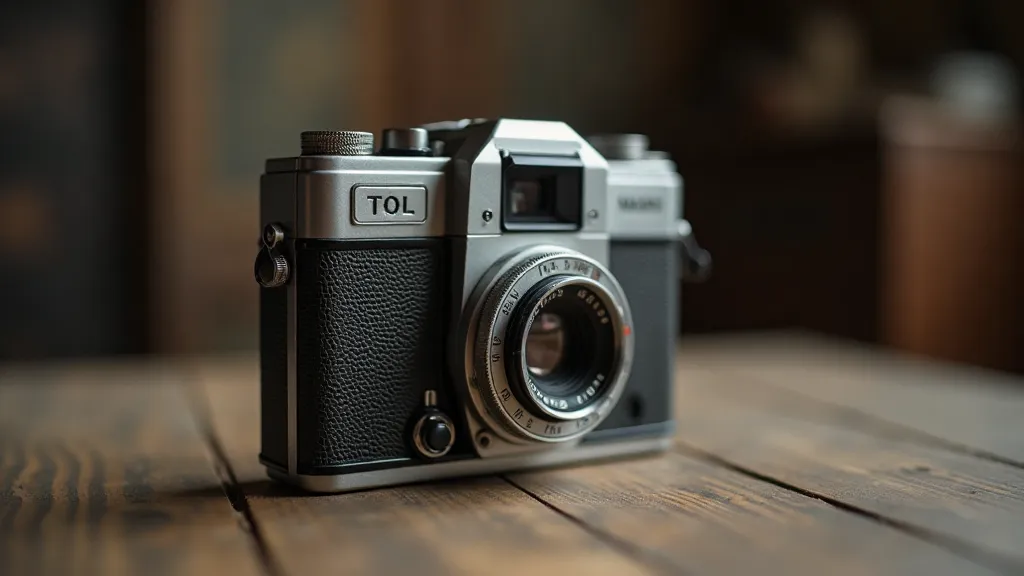
The Beauty of Imperfection: More Than Just a Box
The Brownie’s simplicity was both its strength and its defining characteristic. It offered limited control: a single shutter speed, a fixed aperture, and no focusing mechanism. What might seem like a disadvantage, however, became the source of its unique charm. The fixed aperture meant depth of field was generous, often blurring the background and drawing attention to the subject. The single shutter speed, while unpredictable in brightly lit situations, fostered a certain candidness, capturing fleeting moments as they unfolded.
It’s easy to dismiss these limitations as mere shortcomings. Modern digital cameras offer such a vast array of settings and features that the Brownie's simplicity can seem almost archaic. But to do so is to miss the point entirely. The Brownie wasn’t designed to produce technically flawless images. It was designed to capture memories. And in its limitations, it developed an aesthetic all its own – a warmth, a softness, a palpable sense of age that's difficult to replicate with modern technology. Often, keeping these cameras in working order involves careful maintenance; if you're interested in learning more, you might find useful insights on restoring a Brownie camera – a process of preserving history, one click at a time.
Consider the color casts common to Brownie negatives. Due to the aging of the film emulsions, many Brownie photographs exhibit a distinct yellow or orange tint. Instead of viewing this as a defect, embrace it as part of the camera’s signature. It's a visual echo of the past, a subtle reminder of the passage of time. The uneven light fall-off, the occasional flare, these aren’t mistakes; they are the fingerprints of the camera, the mark of its individuality.
Wabi-Sabi and the Vintage Lens
The Japanese aesthetic philosophy of *wabi-sabi* finds a perfect parallel in the photographs produced by the Brownie. *Wabi-sabi* celebrates the beauty of imperfection, impermanence, and simplicity. It finds beauty in the cracked pottery, the weathered wood, the worn edges of an old book. Similarly, the Brownie’s limitations—the faded colors, the soft focus, the occasional light leak—become sources of beauty, adding character and depth to the images. It’s a celebration of the transient, the imperfect, and the undeniably human.
If you're curious about the mechanics of these vintage cameras and need some guidance, a search for Brownie camera manuals can unlock a wealth of information on operation and care.
Restoring a Brownie camera can be a rewarding experience. It's not about bringing it back to a state of pristine perfection. It's about preserving its character, its history. Cleaning the lens carefully, lubricating the shutter mechanism, ensuring the bellows are airtight—these are acts of respect for a piece of history, a tangible connection to the past. The goal isn’t to erase the signs of age, but to allow them to shine through, a testament to the camera’s journey through time.
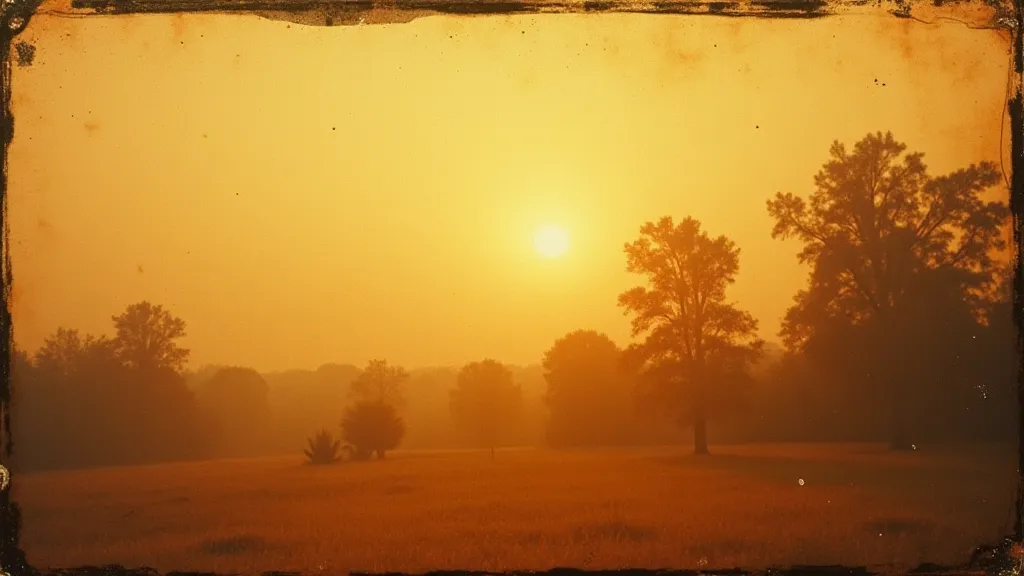
Emulating the Aesthetic in Prose
The visual quirks of the Brownie can also inform our writing. How can we evoke a similar mood of gentle melancholy and understated beauty in our prose? The answer lies in embracing the imperfections – the unexpected shifts in tone, the sudden bursts of unexpected imagery, the deliberate avoidance of a perfectly polished narrative.
Think about the way light behaves in a Brownie photograph: the soft edges, the hazy details, the unexpected highlights. In writing, this could translate to using unexpected metaphors, employing deliberately ambiguous language, allowing for moments of quiet reflection. It's about finding beauty in the unexpected, allowing for moments of vulnerability and uncertainty. Just as the Brownie’s limitations fostered a unique visual aesthetic, our writing can benefit from a similar embrace of imperfection. You might find that understanding the historical context surrounding these cameras adds a unique appreciation for them; for example, examining their appearances in Brownie cameras in pop culture can provide a fascinating perspective.
Consider a description of a garden, rendered with the aesthetic of a Brownie photograph. Instead of listing the flowers and plants with clinical precision, describe the overall impression – the hazy light filtering through the leaves, the muted colors, the sense of gentle decay. It’s about capturing the feeling, the essence, rather than the literal details.
A Legacy of Simplicity
The Brownie camera may no longer be the dominant force in the world of photography that it once was. But its legacy endures, not just in the countless photographs it produced, but in the aesthetic it helped to define. It reminds us that true beauty isn’t always found in perfection, but in the imperfections, the limitations, the quirks that make each image – and each moment – uniquely its own. It's a lesson applicable not only to photography, but to life itself – a gentle reminder to embrace the beauty of the transient, the imperfect, and the undeniably human. For those who collect vintage cameras, knowing their value is essential. Understanding valuing your vintage Brownie camera factors – condition, rarity, and provenance – can significantly impact its worth.
